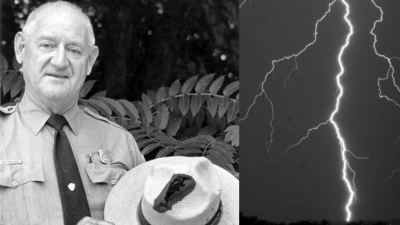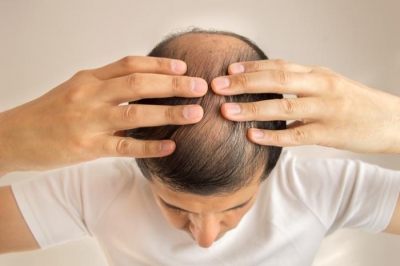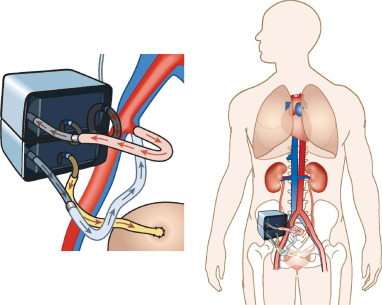How surgeons smooth away the wrinkles?

As the skin ages, some of the subcutaneous or underlying fat which supports and pads it dissolves away. And one of the skin-s main constituents, called collagen, loses its ability to retain moisture, making the skin less elastic and drier. The result is sagging skin and wrinkles.
Most people accept wrinkles as part of growing older. For others, particularly those in the public eye like entertainers and politicians, ageing skin can be a problem. The only answer is cosmetic surgery.
There is more to cosmetic surgery than a face-lift — which, as its names suggests, means pulling the skin up over the face. Its cosmetic effects are, for the most part, restricted mostly to the chin and neck. Wrinkles around the eyes the side of the, nose, and across the forehead have to be dealt with in separate operations, such as an eyebrow or forehead lift, or a nasal fold removal. In blepharoplasty, excess loose skin is removed from the upper and lower eyelids.
Minor nips and tucks arc clone under local anaesthetic, bat a face-lift is a major
operation, and is usually done under general anaesthetic. The surgeon first makes an incision into the skin around each ear. He starts the cut well within the hairline above the ear, and continues it around the bottom of the ear and then up behind it. The cut is then taken horizontally towards the back of the head. Most of the cut is within the area covered by hair, so that the scars will be hidden.
Once the cuts are made, the surgeon carefully separates the skin below the line of the cut from the underlying fatty layer. He then pulls the loose skin towards the back of the head. The thin layer of muscle tissue in the neck is lifted and tightened. The excess skin is cut off and the incision sewn up.
It often takes two to three weeks to recover from the slight inflammation of the face caused by the operation. The scars, which can be camouflaged by make-up a week after the operation, fade in time.
No face-lift retards ageing permanently. The ageing process continues from the time of the operation at the normal rate. More face-lifts can be performed on the same person but there is always a limit, because each time the surgeon removes more skin. When the skin is stretched to its tightest limit without hindering normal functions, such as smiling, there is no excess available and further operations become impossible. Not all operations are a success and some people have been left with badly scarred faces.
Picture Credit : Google










